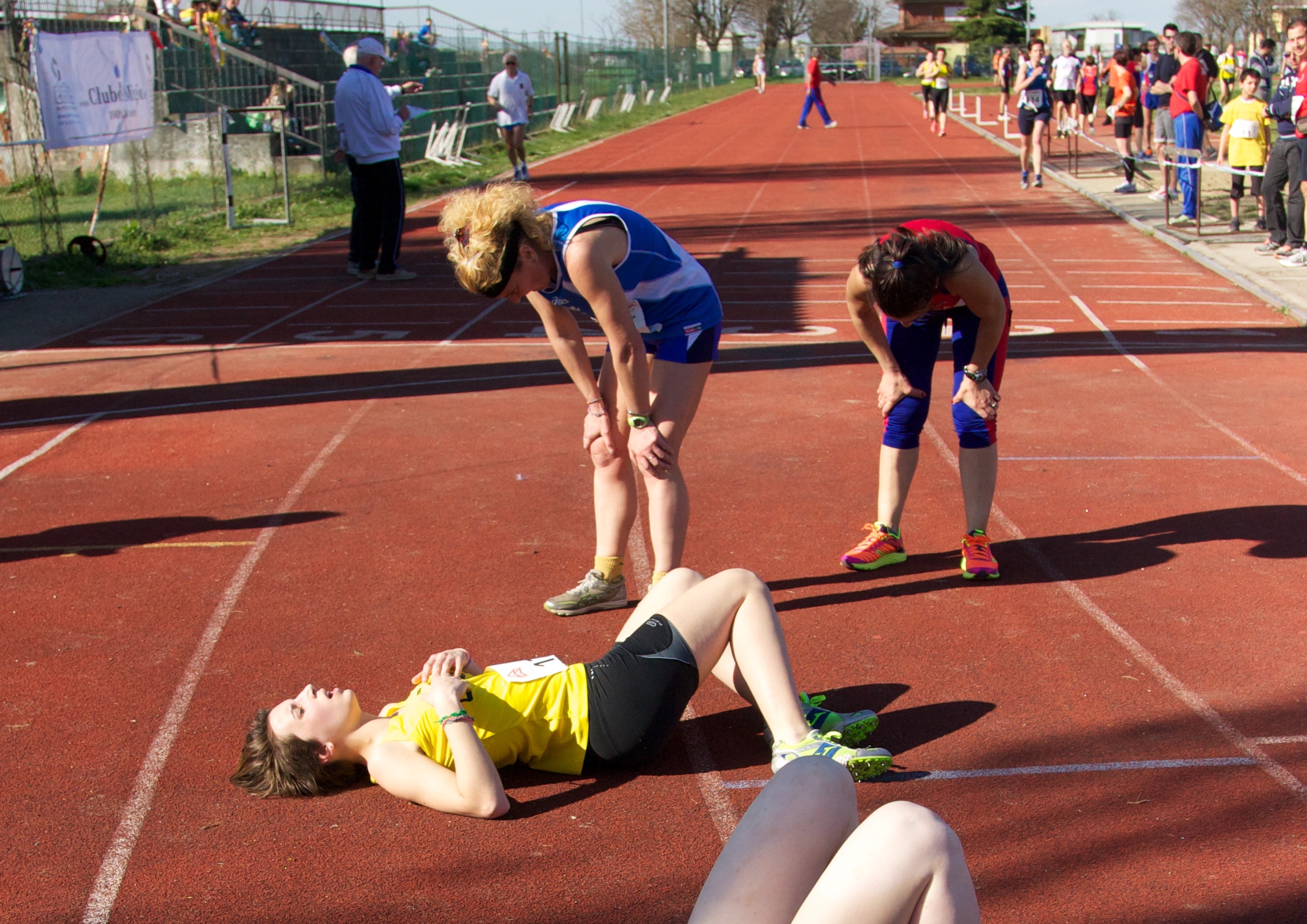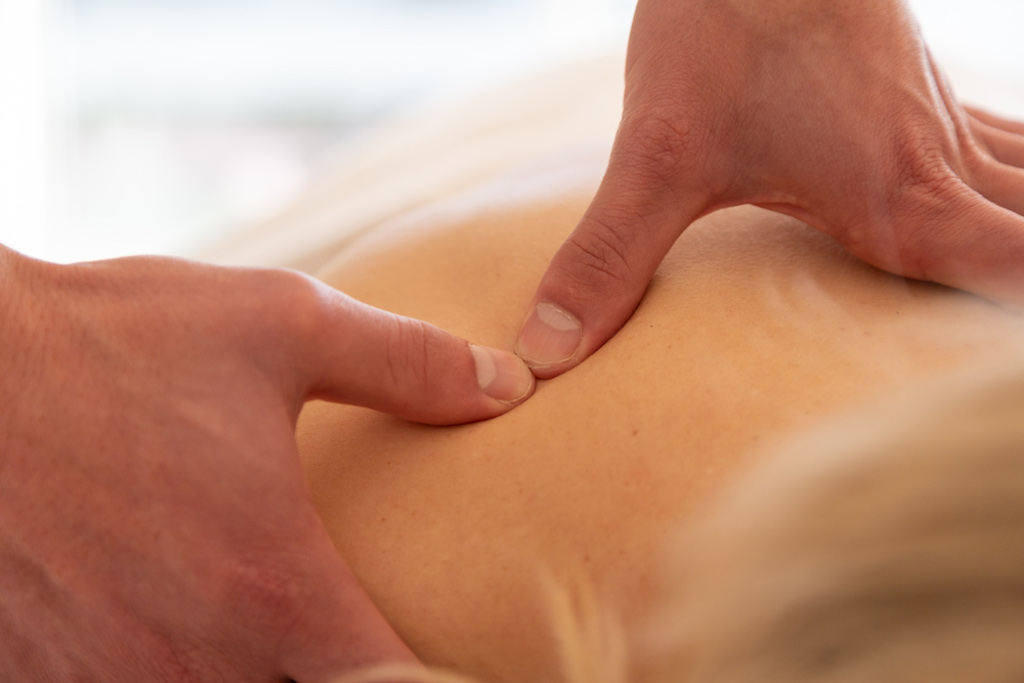What is Sports Massage?
Sports massage was developed to help athletes prepare their bodies for optimal performance, recover after a big event, and function well during training.
Sports can be repetitive, especially for runners, cyclists, racquet sports players, and weightlifters. In a sports massage, the therapist generally concentrates on a specific problem area that you present, usually related to repetitive movements in your daily activities.
![]()
While sports massage is great for those who play sports, you don’t have to be an athlete to benefit from a sports massage. Sports massage can also be beneficial for anyone with injuries, chronic pain, or restricted range of motion. It focuses on the prevention and healing of injuries to the muscles.
Benefits of Sports Massage Therapy
Sports massage therapists use a range of different techniques to promote flexibility, improve endurance, help prevent injuries, increase blood flow, enhance lymphatic drainage, and allow for quicker recovery.
Regular sports massage can:
- Reduce the chance of injury through proper stretching deep tissue massage
- Improve range of motion and flexibility
- Shorten recovery time between workouts
- Maximize the supply of nutrients and oxygen by increasing blood flow
- Enhance elimination of toxins that build up from exercise through lymphatic drainage
Types of Sports Massage Therapy
There are several different types of sports massage and they each use different massage techniques. Certain massage techniques can help calm a nervous athlete while others can be stimulating. The different types of sports massage include:
Maintenance Massage
An effective maintenance program is based on the massage therapist’s understanding of which muscles are used in a given sport and which are likely candidates for trouble. By zeroing in on particular muscle groups and working on specific tissues, the therapist can help the athlete maintain or improve range of motion and muscle flexibility. The overall objective of a maintenance program is to help the athlete reach optimal performance through injury-free training.

Event Massage
Pre-event – A short (10-15 minute) massage given within 4 hours before an event to improve performance and help decrease injuries. It is used in conjunction with the athlete’s warm-up to enhance circulation in the major muscles used the most. It is also used to reduce excess muscle tension to ready the athlete for top performance during an event.
Inter/Intra-event – Massage is given between events or in time-outs to help athletes recover from the preceding activity and prepare for the activity coming up. It is also short and focuses on the major muscles stressed in the activity.
Post-event/Recovery – Given after a competition and is mainly concerned with recovery. It is geared toward reducing muscle spasms and the build-up of toxins that occur with vigorous exercise. Recovery massage is generally relaxing and mentally calming. A recovery session can be anywhere from 15 minutes to a full 90-minute massage, and the focus is relief from soreness and stiffness, better flexibility, and less potential for future injury.
Rehabilitation Massage
No matter how many preventative measures are taken, injuries can still occur. Muscles will cramp, tear, bruise, and ache. Recovery-focused sports massage can speed healing and reduce discomfort during the rehabilitation process.
Sports Massage Techniques
There are a number of different techniques used during a sports massage: effleurage; friction; petrissage; vibration; shaking; compression; broadening strokes; direct pressure; cross-fiber friction; range of motion; and stretching.
Knowing which technique to use depends on which type of sports massage it is: pre-event or post-event, during recovery, during a maintenance period, or when an athlete suffers an injury that requires rehabilitation.

Sports massage frequently includes the use of one or more of the following techniques:
- Deep Swedish Massage – Muscle-specific applications of the standard effleurage, petrissage, vibration, and tapotement techniques. Used in pre-event warm-ups as well as post-event recovery massage to stimulate circulation of blood and lymph fluids.
- Compression Massage – Used as a warm-up for deeper, more specific massage work in both pre and post-event massage.
- Cross-Fiber Massage – Friction techniques are applied in a general manner to create a stretching and broadening effect in large muscle groups; or on site-specific muscle and connective tissue, deep transverse friction is applied to reduce adhesions and to help create strong, flexible repair during the healing process.
- Trigger Point Massage – Specific finger, thumb, or elbow pressure into trigger points in muscle and connective tissue, to reduce hypersensitivity, and muscle spasms, and to break down adhesions.
- Stretching – Used to increase the range of motion in areas of the body where there is restricted movement.
- Lymphatic Massage – Stimulation of specialized lymphatic-drainage pathways, which improves the body’s removal of waste and toxins.
Who Should Book a Sports Massage Therapy?
A sports massage is a good choice if you have a specific problem—a tender knee from running, a frozen shoulder, or a pulled hamstring, for instance. The therapist generally focuses in on the problem area rather than giving you a body massage.
Anyone who routinely stretches their physical limits through movements such as running, cycling, hiking, swimming, dancing, tennis and other racquet sports, strength training, and aerobics can benefit from a massage. Some people do strenuous activities in their daily routine that are not normally classified as exercise. Examples are mothers with small children, gardeners, construction workers, and others who use their bodies strenuously in their work.

Heavily exercised muscles may lose the ability to relax, causing chronically tight muscles, and loss of flexibility. Lack of flexibility is often linked to muscle soreness and increases your risk of injury, especially muscle pulls and tears.
Aromatherapy for Sports Massage
Aromatherapy is a great way to enhance your sports massage. Here are some specific essential oils that are great for use on tight, tired, aching muscles.
- Sweet marjoram and German chamomile have been proven to relax the muscles with their natural antispasmodic properties.
- Juniper and ginger are warming oils that bring fresh oxygen to overworked muscles. They also work as natural analgesics to block pain receptors.
- Helichrysum has anti-inflammatory properties and is wonderful for bruised areas.
- Myrrh has been shown to affect opioid receptors in brain membranes, which influence the perception of pain, making it a great choice for its analgesic properties. It’s also wonderful for bruised areas and is naturally anti-inflammatory.
- Peppermint has a cooling effect on overheated and inflamed muscles. Has analgesic, anti-inflammatory, and antispasmodic effects due to its stimulating and cooling effect on the central nervous system.
- Rosemary is a topical analgesic that desensitizes.
Contraindications of Sports Massage
As with any modality, there are some situations in which you should not massage the client. Here’s a list of some of those situations:
- Ruptured muscles
- Fever
- Skin or tissue infection
- High blood pressure
- Fractures
- Bursitis
- Open wounds
- Acute Soft Tissue Inflammation
- Infectious Diseases
- Hernia
- Osteoporosis
- Varicose Veins
- Cancer
- Deep Vein Thrombosis
- Recent Surgery
- Pregnancy
- Epilepsy
Conclusion: Enhance Your Workout with Sports Massage Therapy
Sports massage every week or two may be a great addition to your normal regimen for anyone participating in regular physical activity, whether it’s through a sport or just your normal daily activities.
The most important thing with sports massage is that you find a specially-trained massage therapist who understands a wide range of techniques and knows when to use them.

Massage has become a necessary ingredient for a complete workout. More and more people are realizing that a complete workout routine includes not only the exercise itself but also caring for the wear-and-tear and minor injuries that naturally occur with strenuous movement. The physiological and psychological benefits of sports massage make it an ideal complement to a total conditioning program.
Blys is dedicated to ensuring that health and wellness services are accessible to everyone. As well as sports massage, we also provide deep tissue remedial massage, Swedish relaxation massage, and specialized pregnancy massage services. Blys also operates corporate event massage services.
Ready to experience the benefits of sports massage therapy?
Book a mobile sports massage with a professional therapist today and feel the difference!




